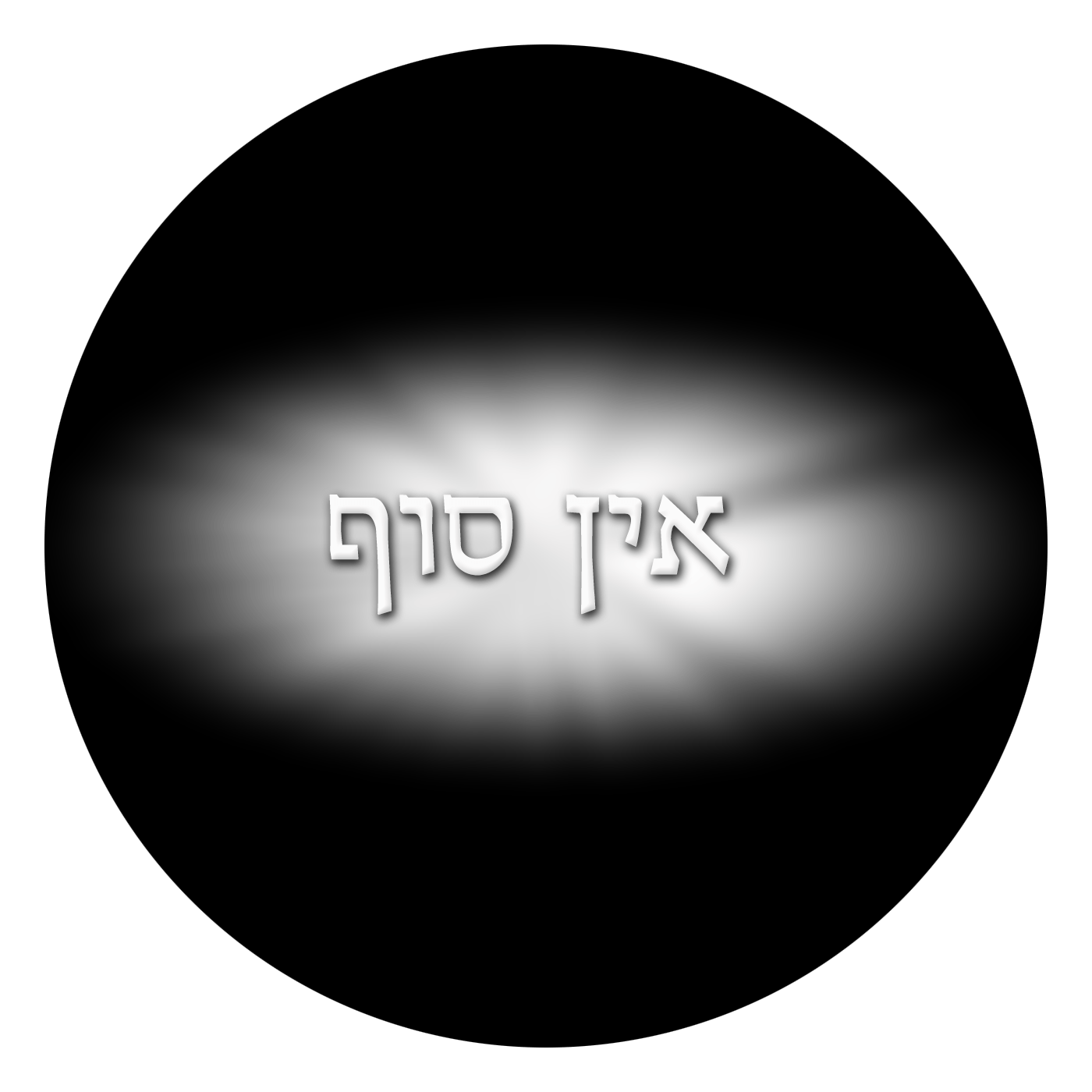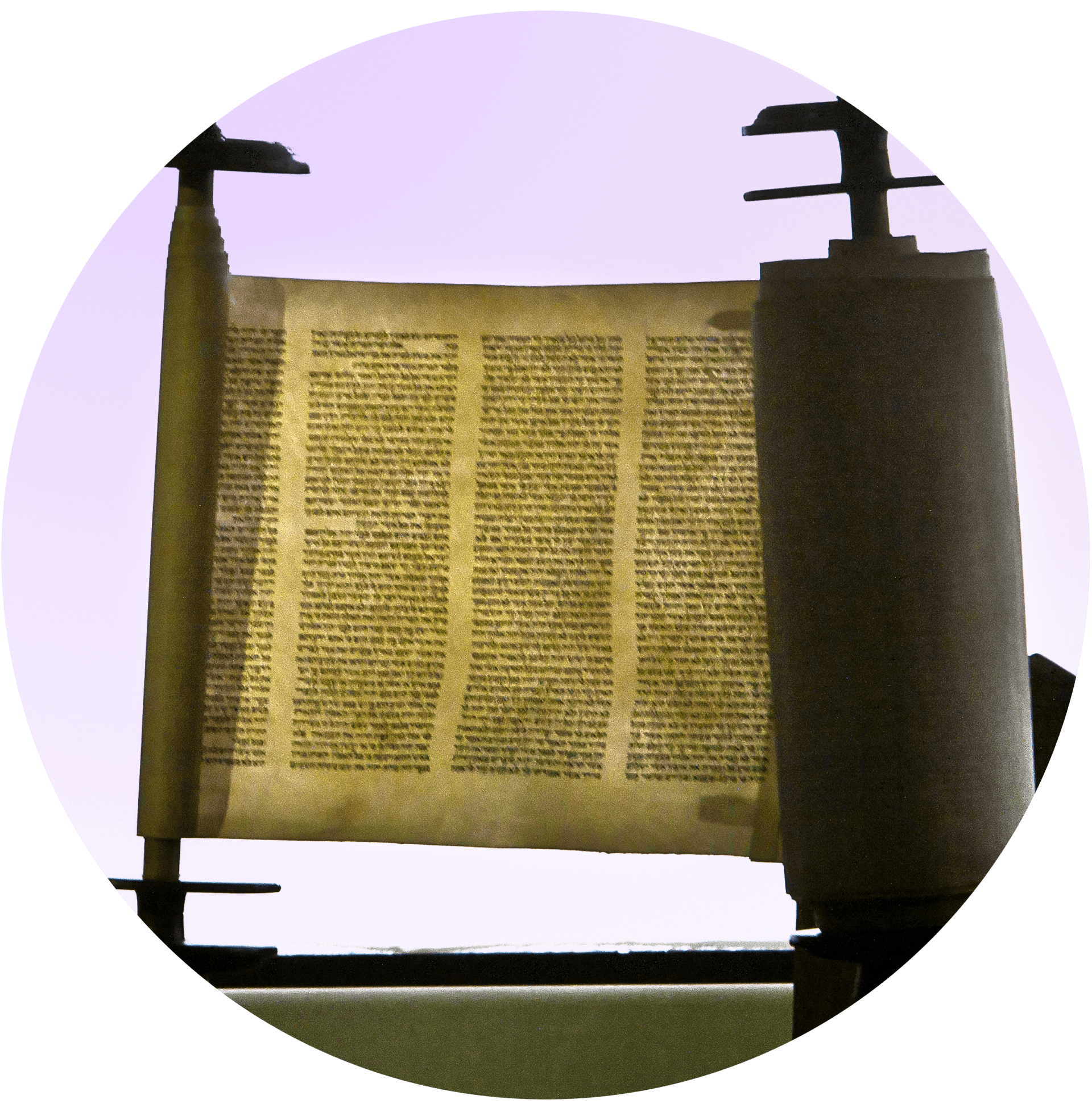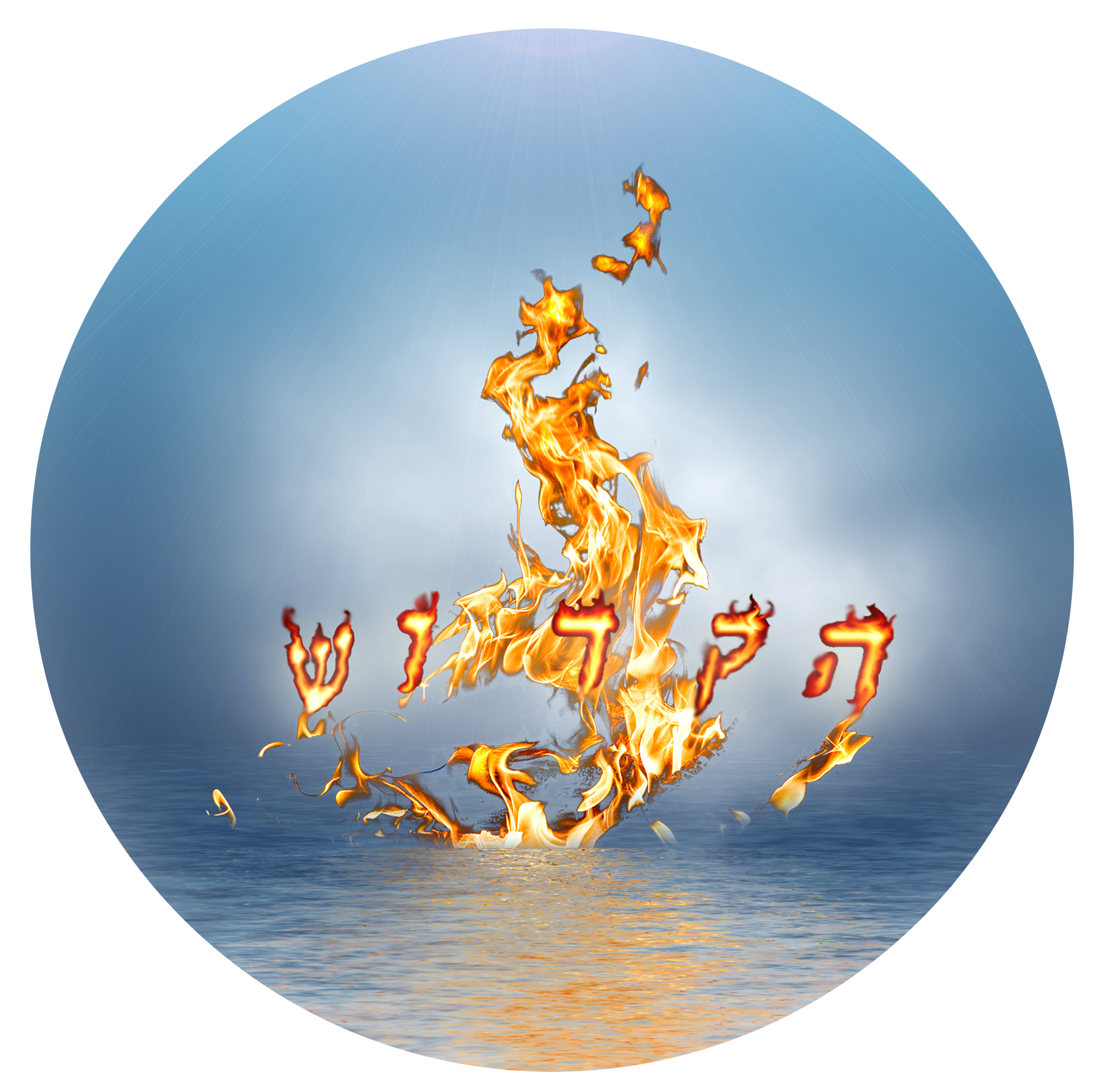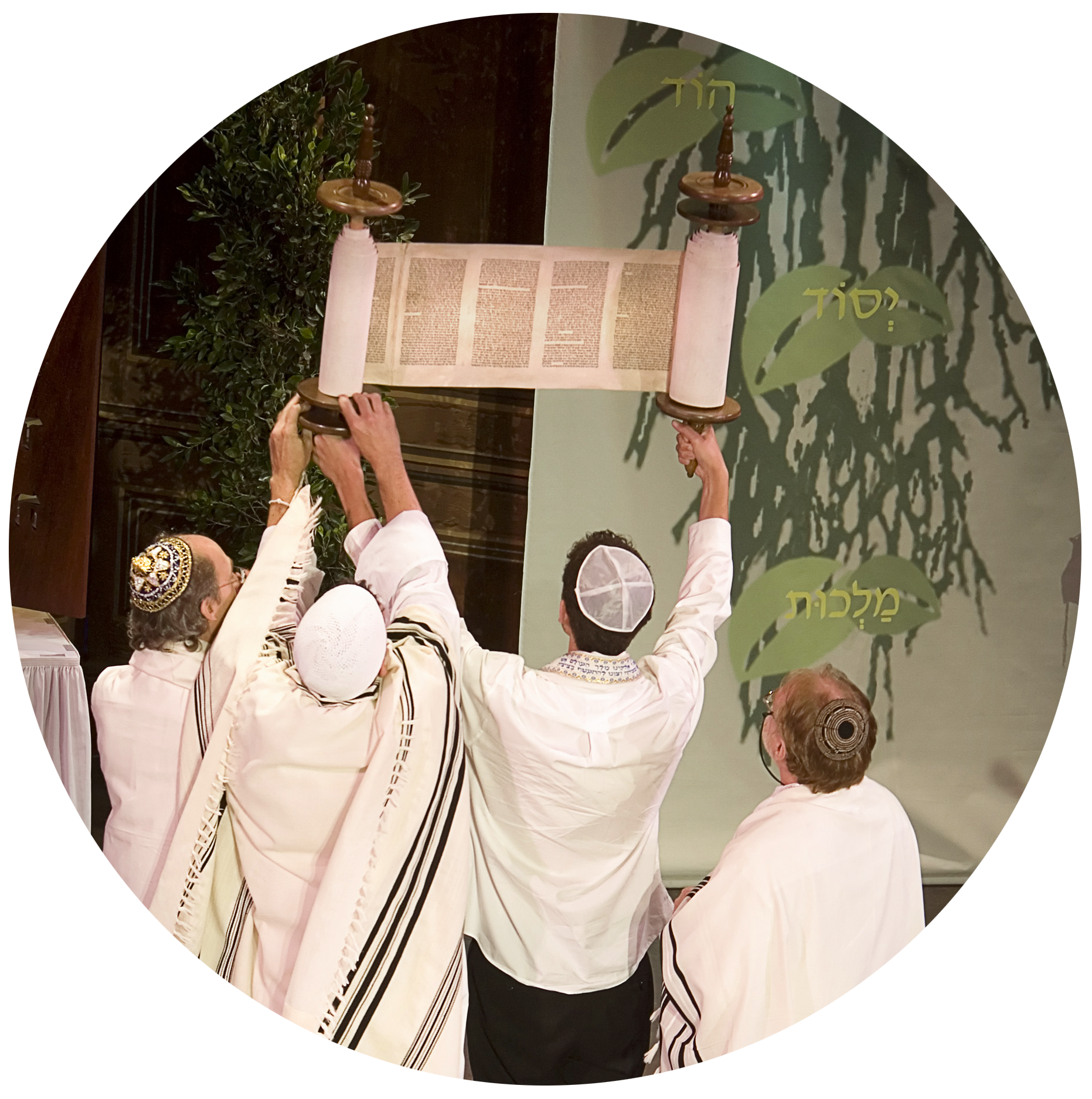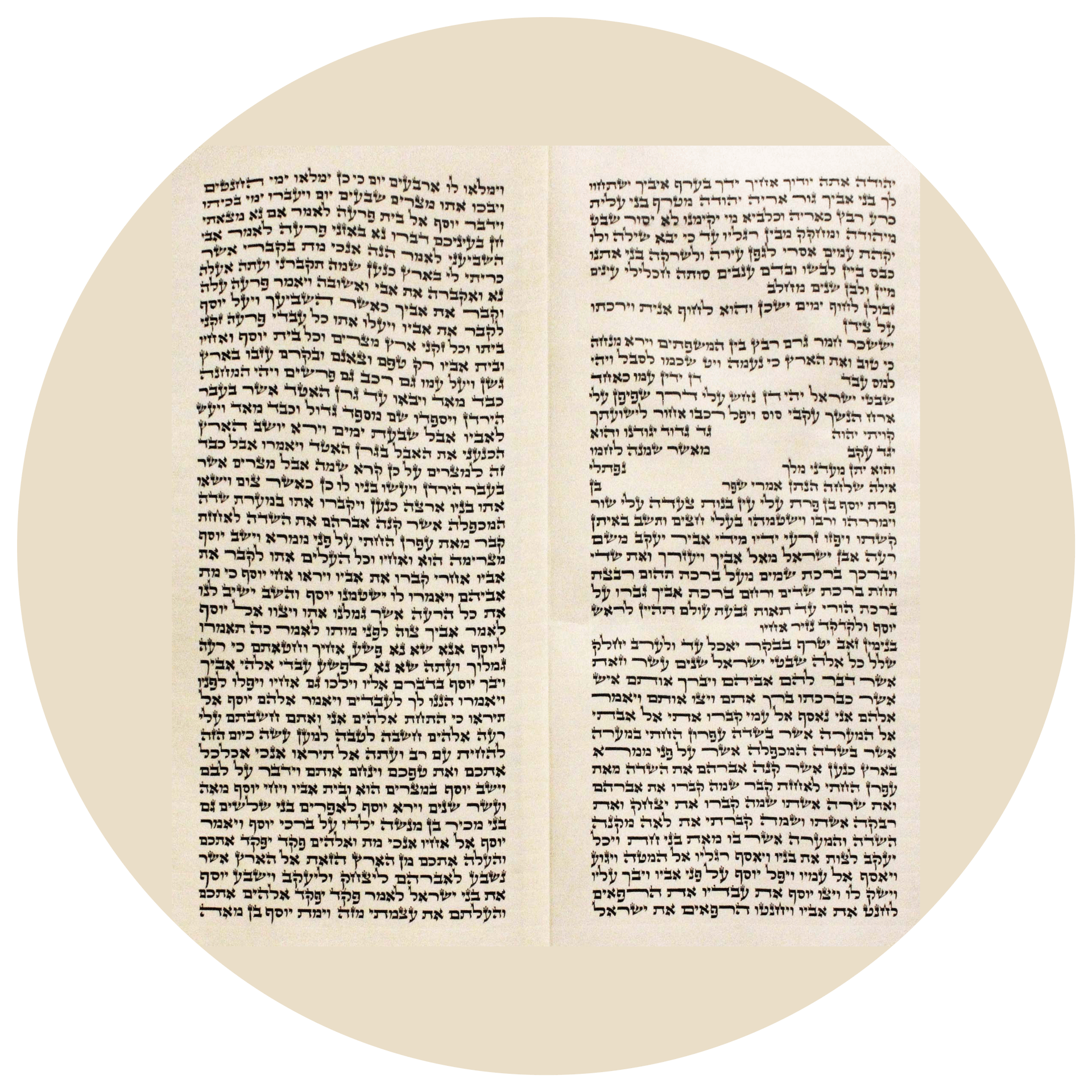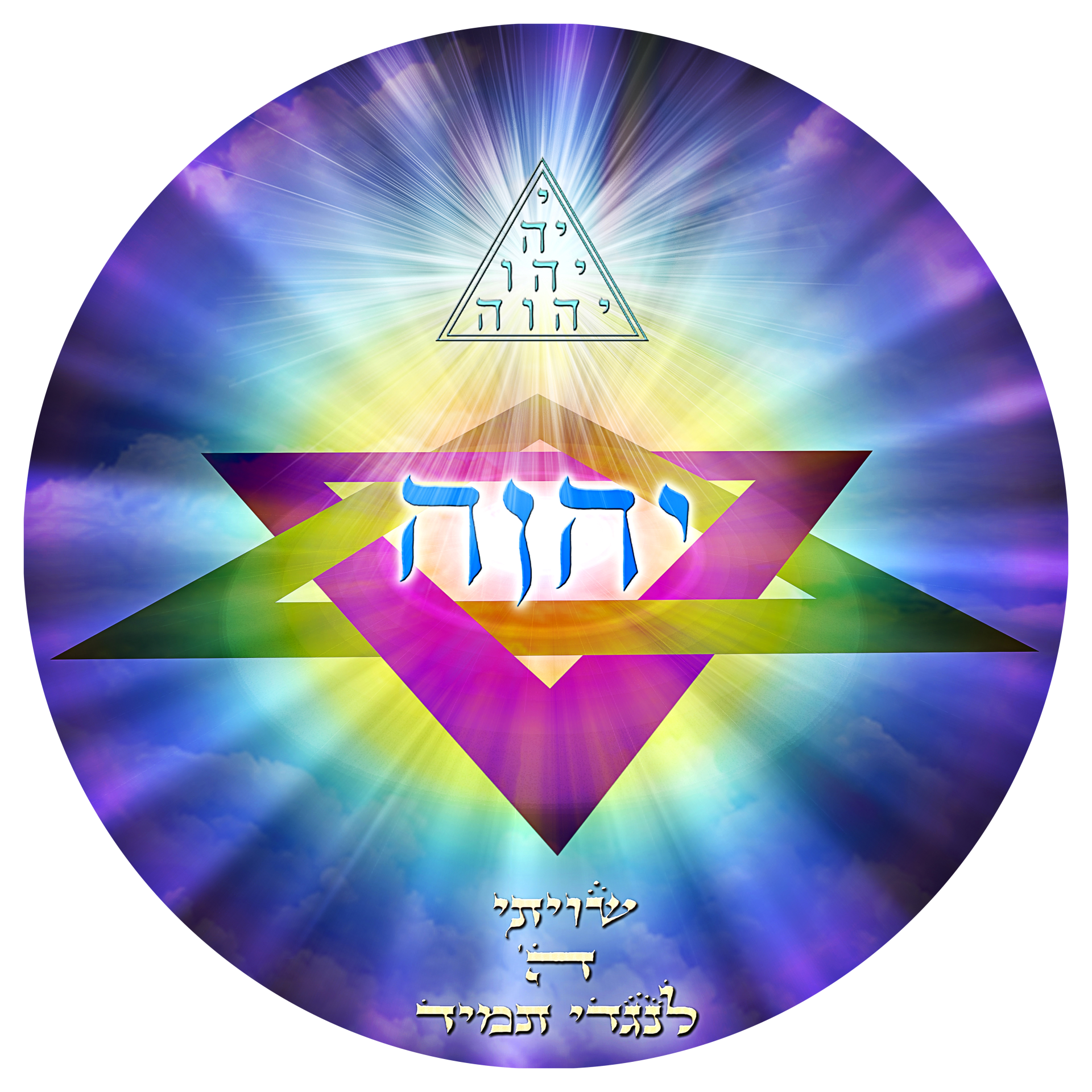HEBREW LESSONS
Video Lessons: From the Alef Beyth to Reading Hebrew
Week 1 - Lesson 1: Intro to Video Lessons
Download PDF Hebrew Lessons Booklet
WEEK 1
LESSON TWO: The Alef-Beyth
This is the first video which starts from the very beginning.
Learn the 22 letters of the Hebrew Alef-Beyth, their names, shapes, how to write them, even an Alef-Beyth rap song. This is fun! Now you can wow your friends and family, not to mention begin to read, write, and understand Biblical Hebrew.
WEEK 1
LESSON THREE: Sofiyth forms
The second video is Hebrew's unusual end letter forms: Sofiyth forms.
The word 'sofiyth' means 'at-the-end-of.' These sofiyth forms are the shapes that only 5 of the 22 Hebrew letters take when they are at the end of a word. This is a special characteristic of the Hebrew Alef-Beyth, as well as a few other alphabets (namely, Arabic, Manchu, and one letter in Greek). Luckily, even though their shapes change a bit, their sounds stay the same.
WEEK 1
LESSON FOUR: Vowels
This is the third video, Where are all the vowels?
The 22 Hebrew letters of the Alef-Beyth are all consonants. Two letters are still consonants but can also be pronounced as vowels. And two letters are silent! So where are all the vowels? Hebrew and many other languages use marks (called diacritics, 'distinguishing') with a letter to either change the letter sound or to add a distinct new sound. Here you will learn the 13 Hebrew vowel markings. But don't be discouraged! There's an easy way to remember them.WEEK 2
LESSON ONE: Dageysh Form
The fourth video is about a helpful dot. The dageysh (means 'emphasis' in Hebrew) is a sound-changing dot. It is a diacritic (distinguishing) mark that changes the sound of a letter. But don't despair! Even though this little dot has been used for many letters over the millennia, it is only important in a handful of letters today. Yes, the sounds change, but there is a special way to remember how it's changed, which you will learn in this lesson.WEEK 2
LESSON TWO: Verse One of the Ten Commandments
This is the fifth video. We have arrived at our special day: we now know all we need to actually read, write and understand the Bible: the letters, the vowels, and the special extra dots. In this lesson we learn the first verse of God's central commandments of the Bible, the Ten Commandments. Only, in the Bible, the word is not 'Commandment.' Learn what the real word is in this lesson.WEEK 3
LESSON ONE: Alef-Beyth Review
The sixth video is repetition repetition.
Now we will review all we have learned up to this point: the 22 letters, the 5 sofiyth forms, the vowels, the dots. With all this you can now read, write and understand (with a bit of practice) the whole Hebrew Bible.
The sixth video is repetition repetition.
Now we will review all we have learned up to this point: the 22 letters, the 5 sofiyth forms, the vowels, the dots. With all this you can now read, write and understand (with a bit of practice) the whole Hebrew Bible.
WEEK 3
LESSON TWO: Chol or Whole, Roots
The seventh video is about a special word, and the root of all knowledge. The word 'chol' which means 'whole' or 'all,' is found throughout the Bible. Because it is special (along with a few other special words), its kamatz vowel is pronounced with the 'o' or 'aw' sound. You'll also learn about the 'root' cause of Hebrew word meanings. A 'root' is a unique combination of letters which have the same meaning no matter where the root is found. The root becomes the center around which bigger words are built. They make Hebrew even easier to understand!
WEEK 3
LESSON THREE: EL
In the eighth video we're moving towards EL.
The letter combination in the word 'EL' or alef-lamed, means 'self-toward.' The word can be seen as representing a magnet, towards which objects can become magnetized and then attracted to it. The word is used for 'god' for this reason.
The letter combination in the word 'EL' or alef-lamed, means 'self-toward.' The word can be seen as representing a magnet, towards which objects can become magnetized and then attracted to it. The word is used for 'god' for this reason.
WEEK 4
LESSON ONE: Prefixes
In the ninth video we learn one-letter words.
Now we begin to build compound words around roots. Prefixes are letters that precede, or come before the root. They can be one letter words such as 'in' 'the' 'and' and so on. They can also be letters that turn the root into a verb or a noun.
Now we begin to build compound words around roots. Prefixes are letters that precede, or come before the root. They can be one letter words such as 'in' 'the' 'and' and so on. They can also be letters that turn the root into a verb or a noun.
WEEK 4
LESSON TWO: Pronouns
In the tenth video we learn about me, myself, and I.
Pronouns are words that stand for nouns, such as 'he' 'she' 'they' and 'it.' Only, Hebrew has no 'it,' because all nouns in Hebrew are either masculine or feminine. And yes, even inanimate objects are masculine or feminine. So male beings are still masculine and female beings are still feminine. But you also have feminine 'earth' (Mother Earth) and masculine 'moon' (Father Moon?). It's up to us to figure out why some things are masculine and some are feminine.
Pronouns are words that stand for nouns, such as 'he' 'she' 'they' and 'it.' Only, Hebrew has no 'it,' because all nouns in Hebrew are either masculine or feminine. And yes, even inanimate objects are masculine or feminine. So male beings are still masculine and female beings are still feminine. But you also have feminine 'earth' (Mother Earth) and masculine 'moon' (Father Moon?). It's up to us to figure out why some things are masculine and some are feminine.
WEEK 4
LESSON THREE: The Last Verse of the Ten Commandments
In the eleventh video our journey to understanding begins.
Oh joy! Now we can really begin our study of the Bible! We write out, read, and look into the meaning of the last verse of the Ten Commandments.
Oh joy! Now we can really begin our study of the Bible! We write out, read, and look into the meaning of the last verse of the Ten Commandments.
WEEK 4
LESSON FOUR: Reading of the Ten Commandments
In the twelfth video we read the center of the Hebrew Bible. The Ten Commandments are arguably the most important words and sentences of the Hebrew Bible. We now read them, and find out that the real word is 'statements.'
WEEK 5
ONLY ONE LESSON: Yud Vowels and Possessives
The thirteenth video features the very special 'yud' and 'who belongs to whom.' The word for the letter 'yud' comes from the word for 'hand.' Wherever this letter is found you can put your hand up and imagine a separation.
The thirteenth video features the very special 'yud' and 'who belongs to whom.' The word for the letter 'yud' comes from the word for 'hand.' Wherever this letter is found you can put your hand up and imagine a separation.
WEEK 6
ONLY ONE LESSON: The Names of God
This final lesson is perhaps the most important. Here we begin to comprehend Who God is, and also how God reveals His instructions to us. But beware, some references to 'God' are actually references to 'other gods.' Find out how this happens, and why we have to read the Bible very carefully.
This final lesson is perhaps the most important. Here we begin to comprehend Who God is, and also how God reveals His instructions to us. But beware, some references to 'God' are actually references to 'other gods.' Find out how this happens, and why we have to read the Bible very carefully.


